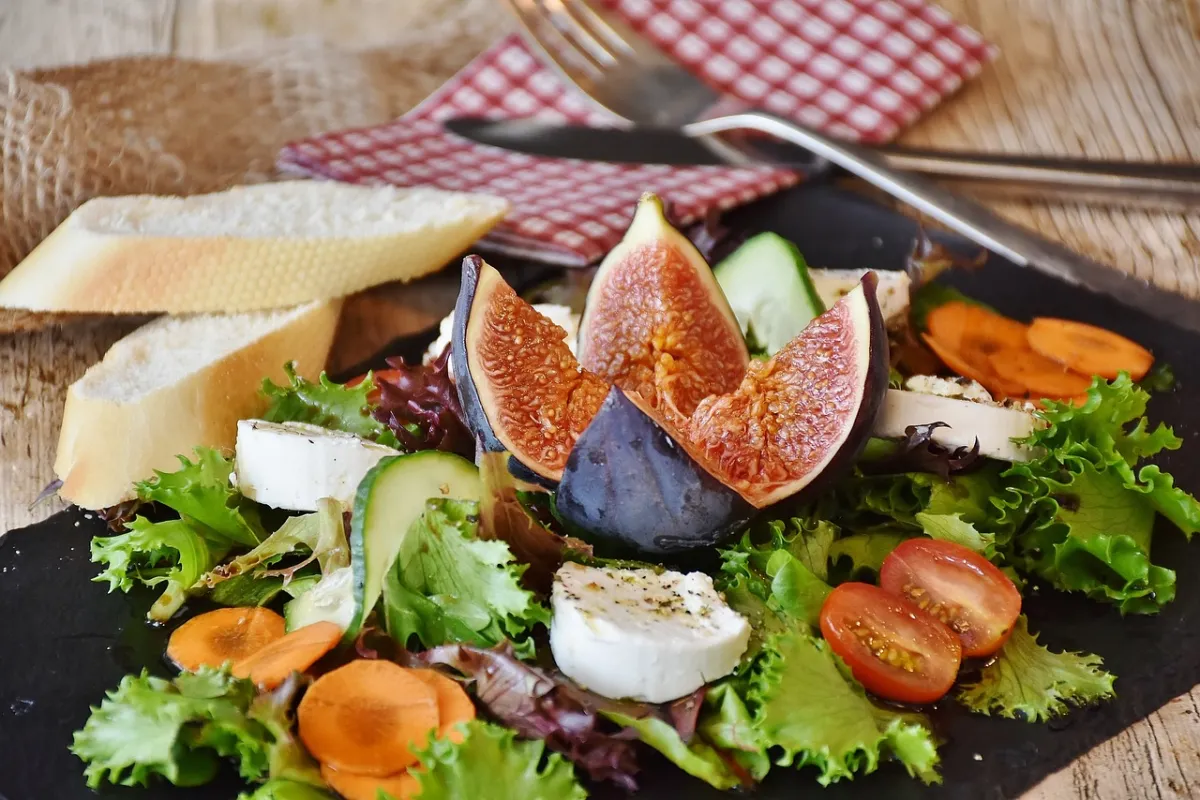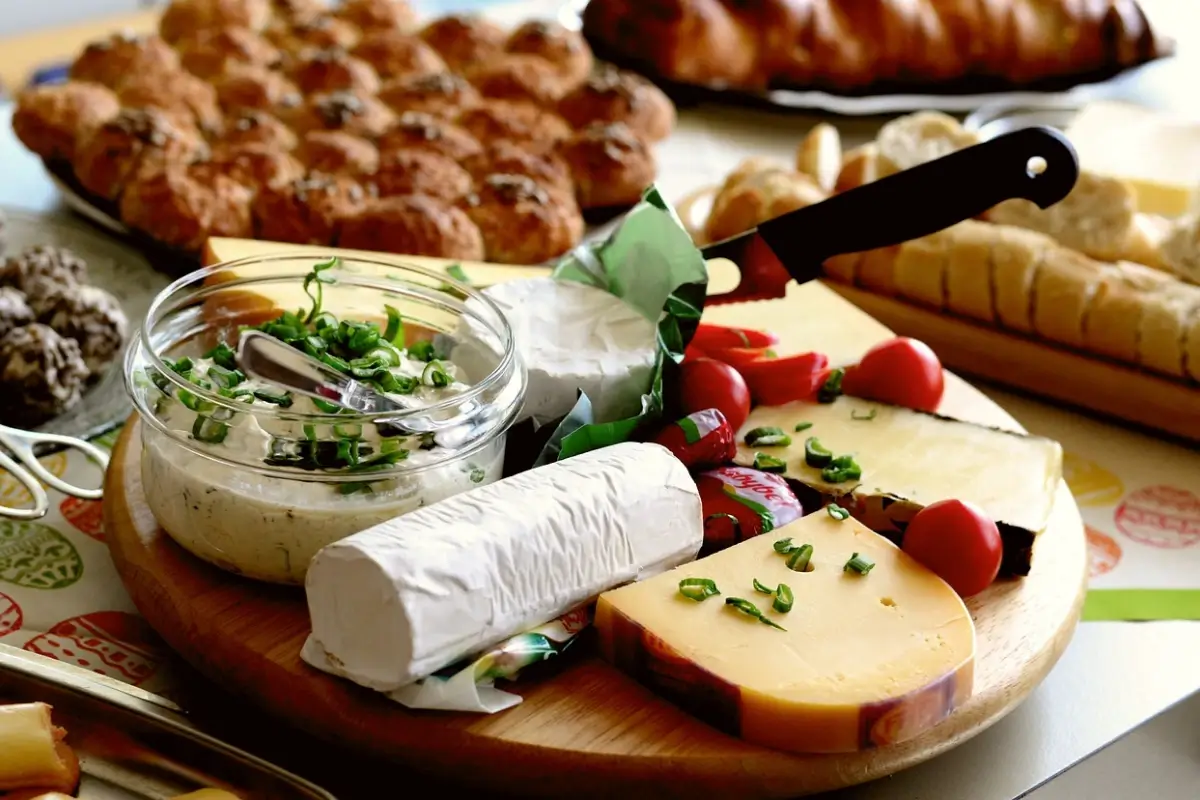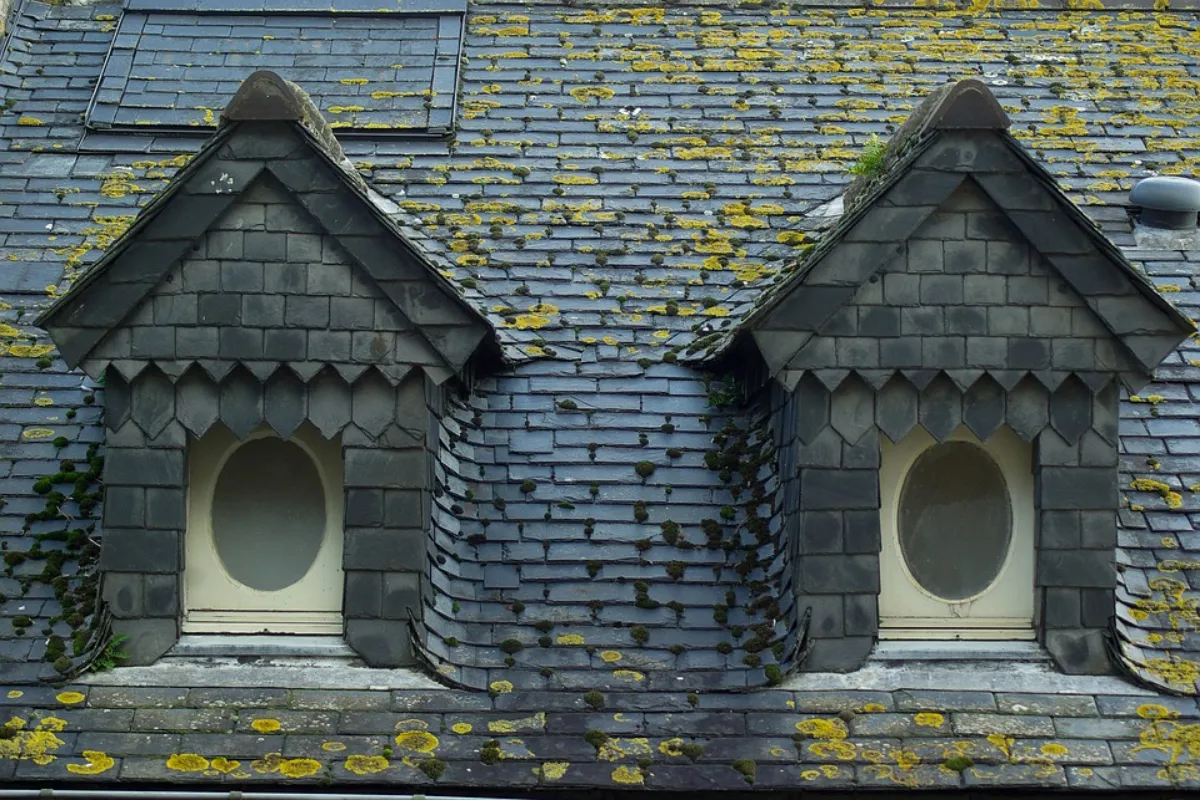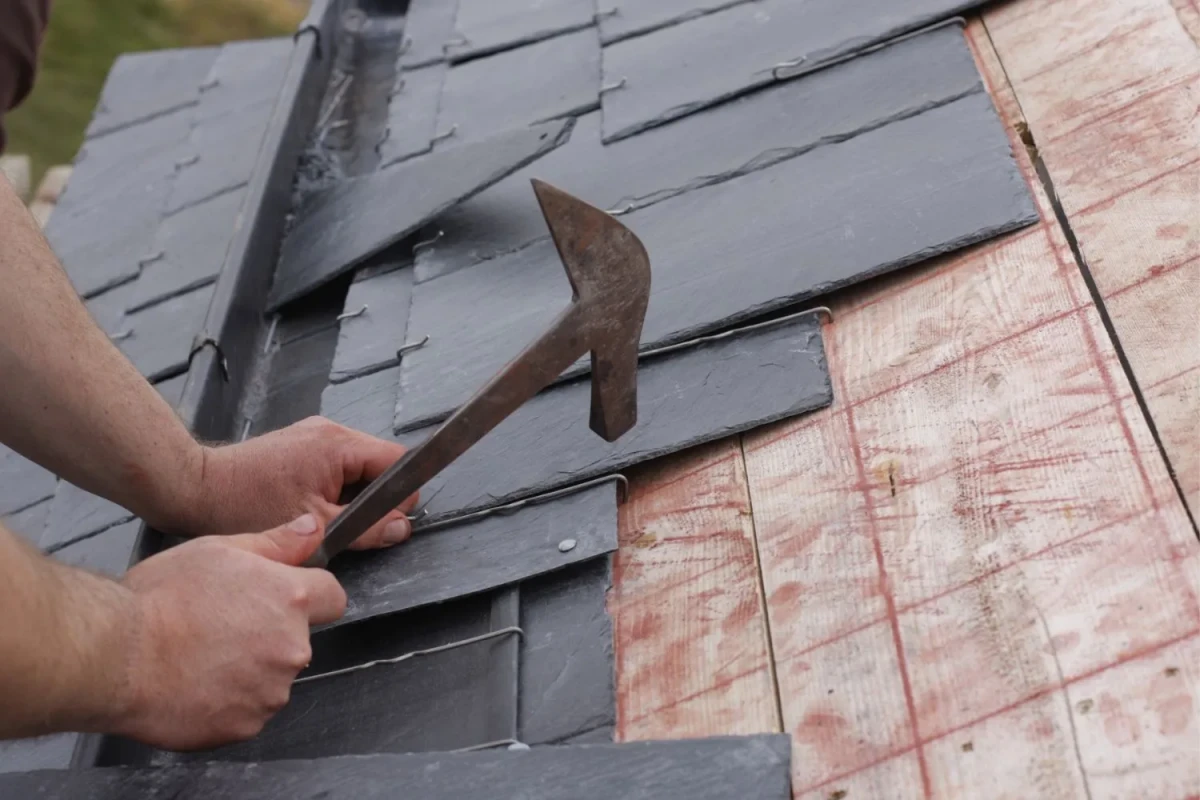Is It Safe to Serve Food on Slate
When it comes to stylish and unique serving options, slate serving trays have become increasingly popular. Their natural, rustic appearance makes them an attractive choice for presenting food, whether at home, in restaurants, or at special events. However, many people wonder if it’s safe to serve food on slate.
The Safety of Slate Serving Trays
1. Natural Material
Slate is a natural stone that has been used for centuries for various purposes, including roofing, flooring, and, more recently, serving trays. As a natural material, slate is generally safe for food use. It does not contain harmful chemicals or toxins that can leach into food. However, it is essential to ensure that the slate serving tray you use is food-grade and properly treated for food safety.
2. Food-Grade Slate
To ensure the safety of serving food on slate, it’s crucial to use food-grade slate serving trays. Food-grade slate is carefully selected and treated to meet safety standards. It is usually sealed with a food-safe sealant to prevent any potential absorption of liquids or food particles. This sealant also makes the slate easier to clean and maintain.
3. Non-Porous Surface
One of the concerns with using natural stone for serving food is its porosity. Porous materials can absorb liquids, bacteria, and food particles, leading to contamination and health risks. However, high-quality slate serving trays are typically non-porous or have a very low porosity, especially when sealed properly. This characteristic makes them safe for serving food, as they do not harbor harmful bacteria or odors.
Benefits of Using Slate Serving Trays
1. Aesthetic Appeal
Slate serving trays are known for their unique and elegant appearance. The natural variations in color and texture of the slate give each tray a distinctive look, making it an eye-catching addition to any table setting. Whether you’re serving appetizers, cheeses, or desserts, a slate serving tray can enhance the visual appeal of your presentation.
2. Versatility
Slate serving trays are incredibly versatile. They can be used for a wide range of foods, from cold appetizers and cheeses to warm dishes and desserts. The natural stone retains both cold and heat, allowing you to keep foods at their optimal serving temperature for longer periods. This versatility makes slate serving trays a practical choice for various occasions.
3. Durability
Slate is a durable material that can withstand the rigors of regular use. Unlike some other serving materials that may crack or chip easily, slate serving trays are resistant to damage. With proper care, a slate serving tray can last for many years, making it a worthwhile investment for both home and professional use.
Maintenance of Slate Serving Trays
1. Cleaning
Cleaning slate serving trays is relatively straightforward. After each use, wash the tray with warm, soapy water and a soft sponge or cloth. Avoid using abrasive cleaners or scrubbers, as they can damage the surface of the slate. Rinse the tray thoroughly and dry it with a clean towel to prevent water spots.
2. Sealing
To maintain the non-porous surface of the slate and ensure its food safety, it’s essential to reseal the tray periodically. The frequency of resealing depends on how often you use the tray and the manufacturer’s recommendations. Typically, resealing once or twice a year is sufficient. Use a food-safe sealant designed for natural stone, and follow the instructions provided by the manufacturer.
3. Stain Removal
Slate serving trays can occasionally develop stains, especially if used to serve foods with strong colors or acidic ingredients. To remove stains, you can create a paste using baking soda and water. Apply the paste to the stained area, let it sit for a few minutes, and then gently scrub with a soft brush or cloth. Rinse and dry the tray thoroughly after cleaning.
Additional Considerations
1. Serving Techniques
When serving food on a slate serving tray, consider using parchment paper or food-safe liners to create a barrier between the food and the slate. This practice not only enhances food safety but also makes cleaning easier. Additionally, it can prevent potential scratching of the slate surface by utensils or cutting tools.
2. Temperature Sensitivity
While slate serving trays are excellent at retaining temperatures, it’s essential to be mindful of sudden temperature changes. Avoid placing a cold slate tray directly into a hot oven or vice versa, as this can cause the slate to crack. Gradually bring the tray to the desired temperature to maintain its integrity.
3. Storage
Store your slate serving tray in a cool, dry place when not in use. Avoid stacking heavy items on top of the tray, as this can cause damage. If you have multiple slate trays, consider placing a soft cloth or paper towel between them to prevent scratching.
2024-07-04





